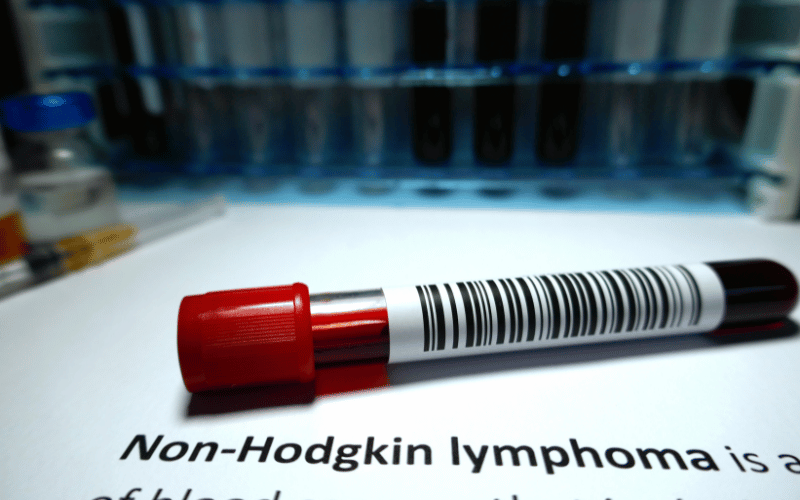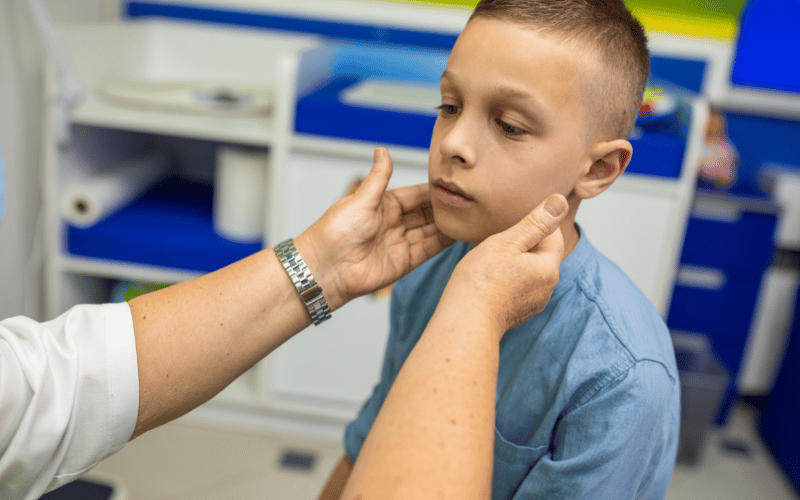Introduction: The Subtle Signs of a Serious Condition

Non-Hodgkin’s Lymphoma (NHL) is far more than a line in a medical textbook. It’s a reality that children and their families can and do face. It is a type of cancer that begins in the lymphatic system, the body’s disease-fighting network.
In children, NHL is a concerning, yet often misunderstood condition. Early detection and treatment are key, but that journey begins with understanding the symptoms.
When it comes to children, the symptoms of NHL can be subtle and often resemble common, less severe illnesses. This can lead to a delay in diagnosis, making education and awareness absolutely critical. For parents and caregivers, understanding the nuances of these symptoms can make all the difference in a child’s health journey.
What sets Non-Hodgkin’s Lymphoma apart? Why does it manifest the way it does in children? This article aims to shed light on these crucial questions, helping you to identify and act on the 10 critical symptoms of Non-Hodgkin’s Lymphoma in children.
1. Swollen Lymph Nodes: The Silent Alarm of NHL

One of the most striking features of NHL in children is swollen lymph nodes. Unlike the painful nodes you might notice during a sore throat, these lymph nodes are usually painless. Often manifesting as firm, yet not hard, lumps under the skin, they most commonly appear in the neck, armpits, or groin.
For parents, these enlarged nodes can be alarming. They may be dismissed initially as simple “swollen glands” due to a common infection. But when they are persistent and not accompanied by other signs of infection, it’s vital to consult a pediatrician. It’s not about raising unnecessary alarms; it’s about being vigilant and responsive.
In some cases, the swollen lymph nodes may be deep within the body and not visible from the outside. For example, swollen lymph nodes in the chest might lead to coughing or difficulty breathing. In the abdomen, they might lead to swelling and pain. These internal lymph nodes can be harder to detect and often require imaging tests for diagnosis.
While swollen lymph nodes are a common symptom of various conditions, from benign infections to more serious diseases like NHL, persistence is key. If your child’s swollen nodes don’t resolve within a few weeks, or if they continue to grow, it’s crucial to take the step of getting them evaluated. It’s that persistence and unexplained nature that sets the stage for further investigation. (1)